I wish I had a five-dollar bill for every time I ventured up Highway 29 — Roosevelt Highway — from Red Oak to downtown College Park. I’d have a tidy sum to invest.
From the age of four until I was around twenty years old, I made that trip often — sometimes two or three times a day whether I was running errands with my mother or simply going back and forth to school.
During all those years, I didn’t give the history of College Park any real notice. It’s where I hung out and lived. I was too busy going about the business of growing up to be concerned with what might have happened on any given block.
Of course, once I entered tenth grade and began to have more rigorous history courses — and once I began attending Woodward Academy (the former Georgia Military Academy) — where history and tradition just seemed to ooze from every monument and brick, I couldn’t help but be interested.
For years the block along Main Street where College Park’s city hall, library, and what once was College Park High School seemed to hold a secret — a secret its trees were whispering as my mother and I drove past. I’d look out the window and wonder what had once been there, though I never had the time to really investigate the matter.
Who knew that as early as the 1890s, a very large and well-thought-of female college was on that very property — a school known as Cox College and Conservatory? The picture often shown of the main building on campus faced Main Street and was called the “Marble Entrance.”
To understand Cox College’s story, we must go back to 1842, when Pastor John E. Dawson organized LaGrange Female Seminary. By 1854, the name changed to Southern Female College, and the campus was located near the intersection of Dawson and Seminary Streets. During the Civil War, the school was used as a hospital and unfortunately was lost in a fire. A second building was erected near Smith and Church Streets, but that building is also gone — today the site is occupied by a post office.
Ichabod F. Cox became president of the school in 1857. When he was ready to retire, his son Charles C. Cox took over, and in 1895 he moved the school to Manchester, Georgia, present-day College Park. The Cox family had overseen the school for so long that the name “Cox” became so strongly associated with it that people eventually just referred to it as Cox College.
The folks in Manchester were thrilled to welcome the young ladies who attended. According to Robert Ballentine, author of The Woodward Story, Manchester was “very school-minded and envisioned as an educational hinge in the southern area.”
By 1900, the college enrolled more than three hundred young women and was recognized internationally as an outstanding female institution.
In 1896, the town of Manchester changed its name to College Park — a reflection of that proud educational spirit.
Ballentine also wrote about the day Colonel John Charles Woodward — founder of Woodward Academy — came from Newnan to College Park in 1900 for a meeting about forming another school in the city. As he walked up Main Street, he couldn’t help noticing the impressive Cox College campus, which occupied a full “block and forty acres.”
Historian Rachel Mays Dempsey, writing in College Park Heritage (1958), described the campus this way:
“The campus was covered with native hickory and oak trees. There were many varieties of shrubs, hundreds of roses that bordered the walks and rows of violets and beds of rhododendrons, azaleas, and camellias. The campus, outlined with a low white wooden fence, was bordered on three sides by the attractive homes of the faculty.”
Looking at these photos of the campus, it must have been very beautiful.
The interior of the school was just as luxurious for the period. Here is a picture of the grand staircase:
The young ladies at Cox College enjoyed a beautiful, modern campus. The facilities boasted electric lights, steam heat, hot and cold running water, passenger elevator, tower clock, electric bells, speaking tubes per an ad in Alkest Magazine — and even an infirmary with an experienced nurse.
There was also a gymnasium for tennis, and the library contained roughly 5,000 volumes. The school’s museum held over 7,000 specimens in history, industrial chemistry, and the physical sciences.
So much for the notion that a “ladies’ finishing school” was only about elocution lessons!
The fine arts department included forty-six pianos, a large pipe organ, two Italian harps, a full orchestral outfit, and art studios filled with flat models and statuary.
President Charles C. Cox once boasted: “A merely cheap school is not the aim of this institution; we are working for the best in education and are building with reference to the future.”
Back to Colonel Woodward’s 1900 meeting — he joined a committee that sought to save the abandoned property where the Southern Military Academy had been located. Charles Cox was part of that same group, along with Colonel P. H. Brewster, I. C. McCrory, and others. That meeting resulted in the formation of Georgia Military Academy, later known as Woodward Academy.
Cox College continued for several years, educating hundreds of young women from across the South, though it faced difficult times. The school closed and reopened multiple times between 1923 and 1933, finally closing for good in 1938.
Eventually, the property became home to College Park’s government complex, but the legacy of Cox College — and of the women who studied there — remains a proud part of the city’s story.
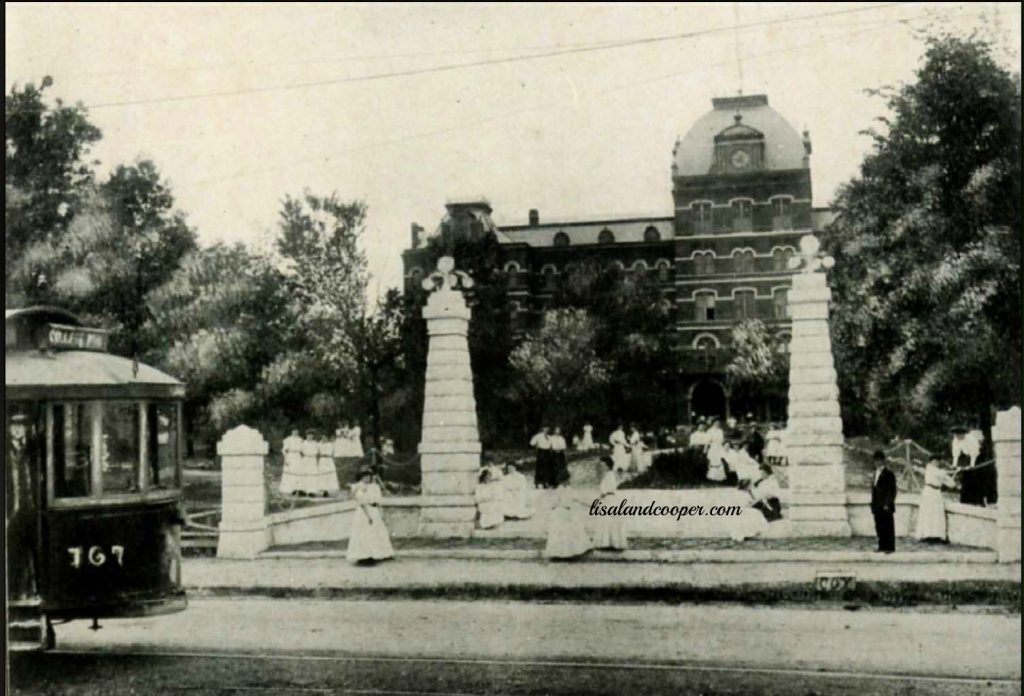
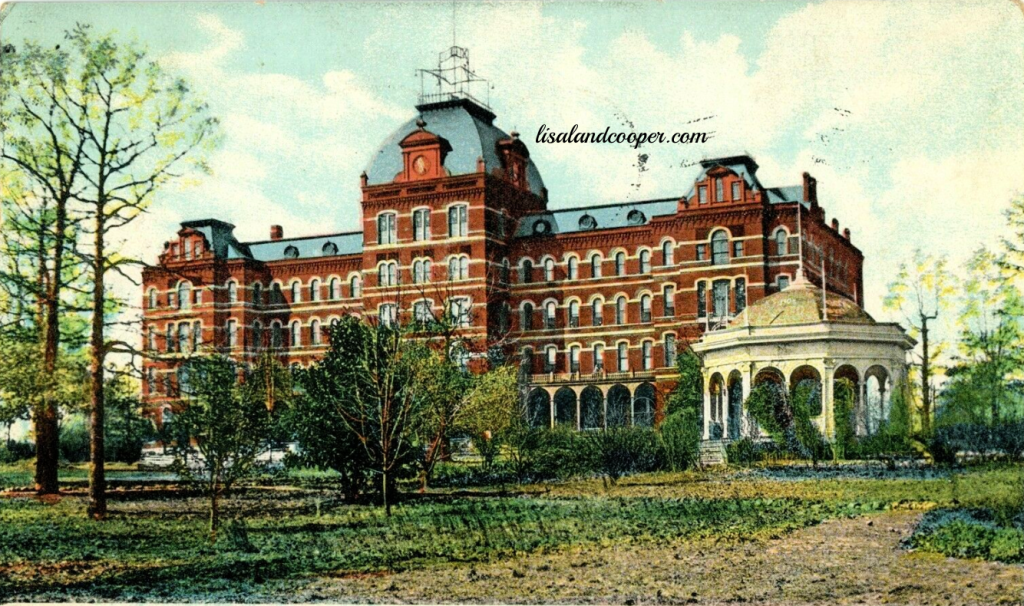
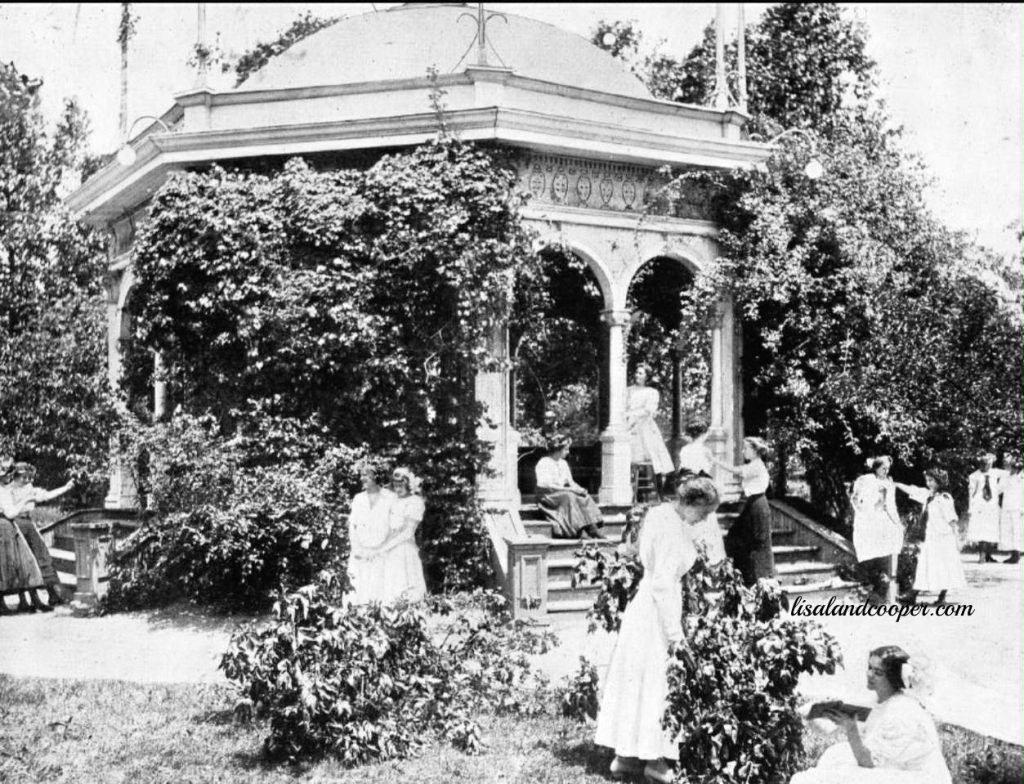
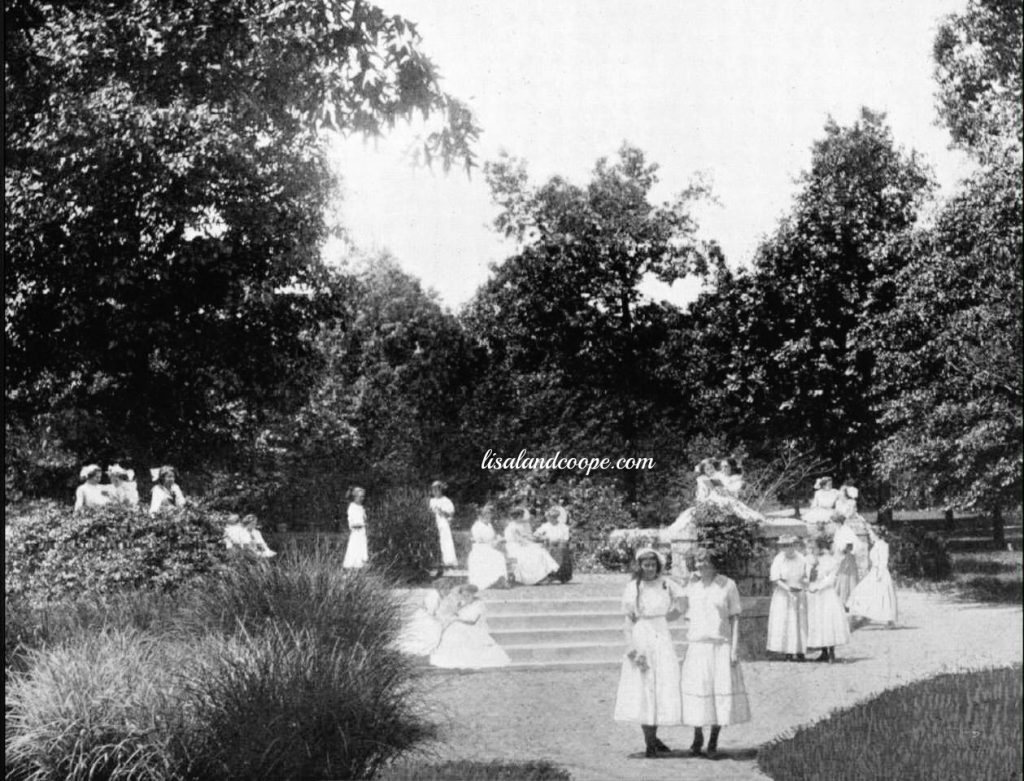
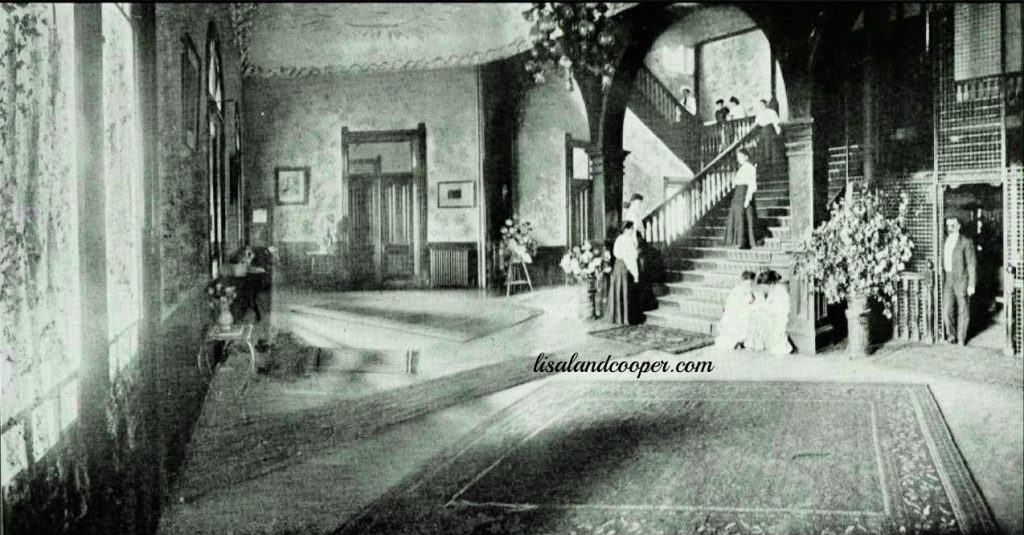
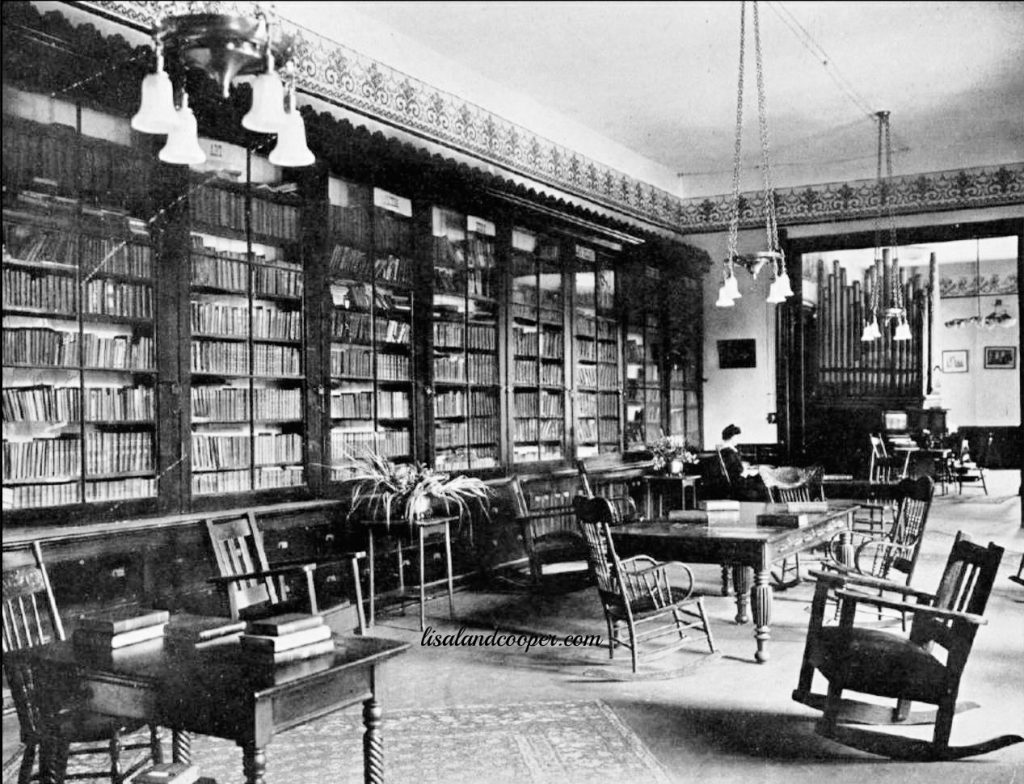
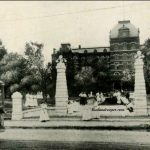
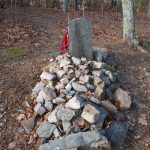
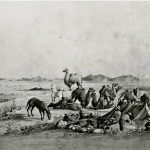
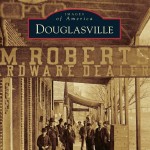
Leave a Reply